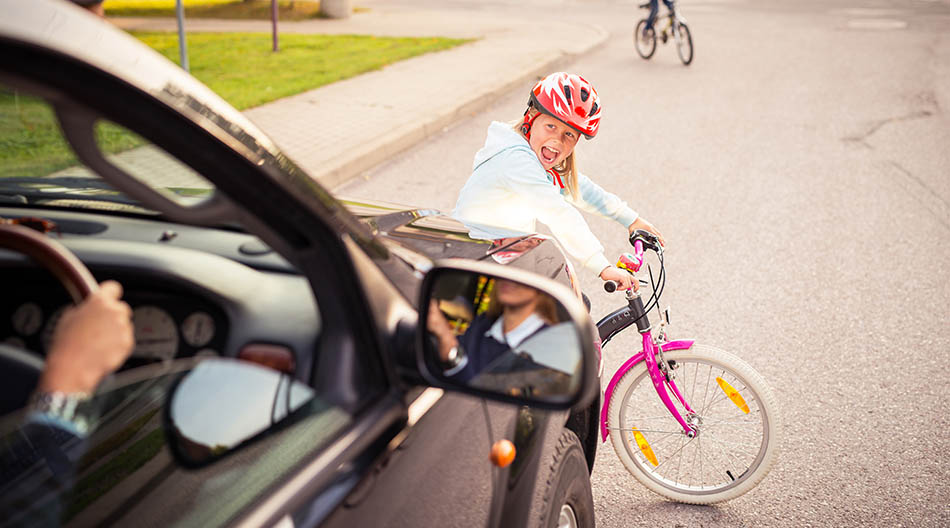Many learners can be confused about the emergency stop and whether it is a manoeuvre required during the driving test or not. The emergency stop is an additional manoeuvre that you may be asked to perform on top of one of the other manoeuvres in the driving test. There is a 1-in-3 chance you will be asked to do an emergency stop during your driving test, and it’s important you do it right.

What is the purpose of an emergency stop?
The purpose of an emergency stop is to stop the car promptly, as if in an emergency, whilst maintaining full control of the car without skidding. An example of a real-life situation where an emergency stop would be necessary is driving along a residential road a child ran in front of your car. In this instance, performing an emergency stop promptly and correctly could save a life. Therefore you must know how to perform an emergency stop properly. Hopefully, you will never have to do an emergency stop as you’ll always be aware of your surroundings and anticipating what might happen next. Some ways to ensure you are ready for any situation is to always drive within the speed limits and adjust your speed suitably depending on the road conditions and weather.
What the examiner will say for the emergency stop?
At the beginning of your driving test, the instructor will say something along the lines of: “The test will last approximately 38-40 minutes and will include 20 minutes of independent driving covering various roads and traffic conditions. I will ask you to complete one manoeuvre, and we may carry out an emergency stop.” Pay attention to the word ‘may’ here, you may or may not be asked to carry out an emergency stop, but one of the other test manoeuvres will have to be completed to pass your test.
The examiner would ask you to pull up on the left and say something like: “shortly I will ask you to carry out an emergency stop when I give this signal ‘stop (raise hand), I would like you to stop as quickly and safely as possible. Before giving the signal, I will look around to make sure it is safe, but please wait for my signal before doing the exercise. Do you understand the instructions?”.
How do you perform an emergency stop?
Make sure to drive at a suitable speed for the road you are driving on. Mirrors are the least priority during this manoeuvre as they would increase your reaction time which will increase your overall stopping distance. Quick reaction time is crucial during the emergency stop.
When the examiner says “STOP”, release the gas pedal, tighten your grip on the steering wheel, brake firmly and progressively (harder than normal but do not slam on the brake pedal). Press the clutch down straight after to prevent the car from stalling. Stalling during an emergency stop will not result in a test failure, but it is good not to stall if you can help it.
Once you have stopped, secure the car with the handbrake and put the car in neutral. Check all around you, including any blind spots to see if there are any vehicles around you. Wait to see if the vehicles pass, if not then apply a signal to let them know you are moving off, then drive on when it’s safe to do so.
Emergency stop on your driving test
During your driving lessons in Kettering, your Drive247 instructor will make sure you are confident with all the manoeuvres, including the emergency stop. It is their goal to make you as safe a driver as possible, not only, so you pass your test, but also so you keep yourself and others safe in your future driving.
